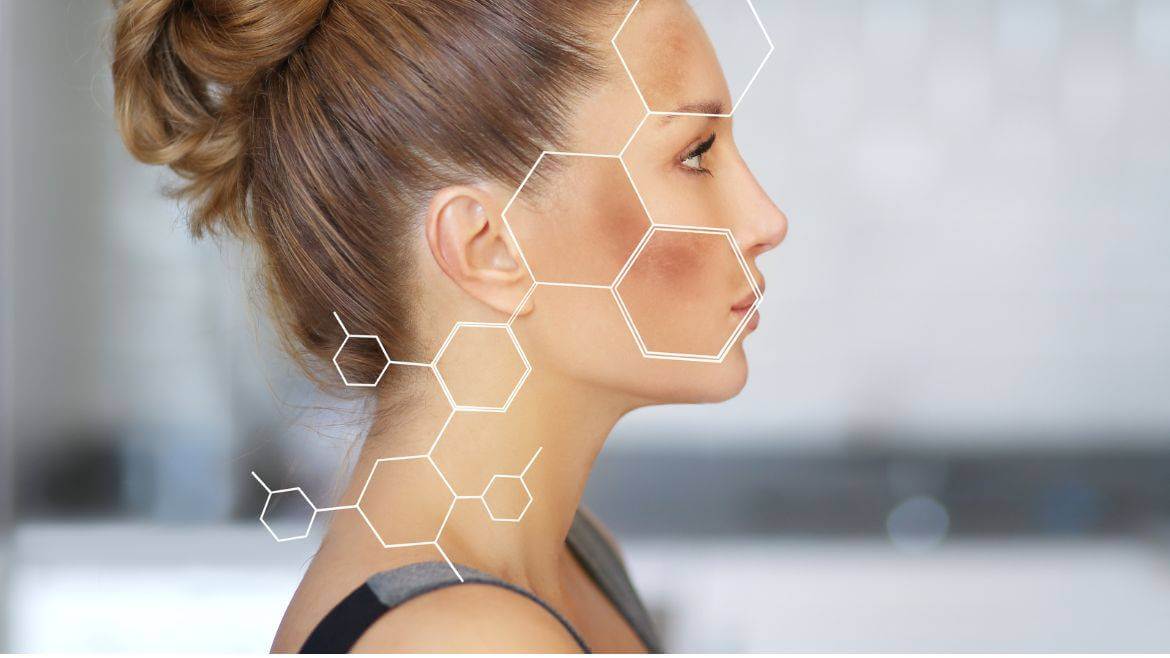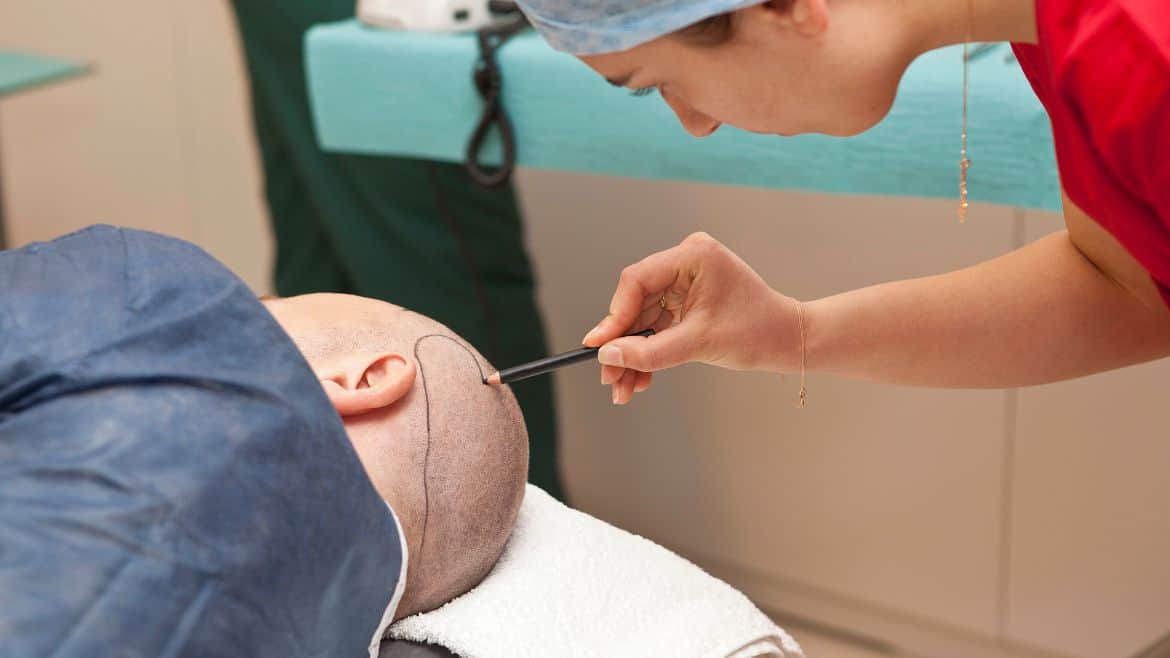With aging as the skin surface undergoes changes, you might develop fine lines and wrinkles causing saggy skin. Meanwhile, age spots are one of the most common signs of the aging process. They appear black, gray, or brown in color in the body parts frequently exposed to the sun- hands, face, upper back, arms, and shoulders, and are called polar lentigines, liver spots, senile lentigo, or sunspots. Their dark color is due to the accumulation of natural pigment, melanin along the skin surface.
Risk Factors Contributing to Dark Spots
Certain factors can increase the likelihood of having dark spots over the period. They can be either lifestyle conditions or biological patterns. For instance, those spending time in tanning beds on a routine basis get exposed to UV rays that trigger age spots with time. On the other hand, reaching the age of 40 can also invite the headway of age spots. Besides, people with lighter skin complexions are more likely to develop age spots than those with a darker complexion.
Reasons Behind the Development of Dark Spots
When skin gets overexposed to the sun, the body increases the production of the naturally contained pigment, melanin to shield the skin from harmful UV rays, thus protecting the body’s DNA and preventing skin cancer. The overproduction however results in hyperpigmentation to incite dark spots. Melanocytes, cells in the epidermal layer, produce melanin whose abundance is directly proportional to the skin color. Therefore, dark-skinned individuals have more melanin than light-skinned people.
How Can You Remove Dark Spots from Your Skin?
According to the American Academy of Dermatology, those who want to get rid of dark spots with the usage of topical creams must consult a dermatologist beforehand. While you might come across several over-the-counter creams with the promise to remove dark spots, they contain various chemicals whether niacinamide, hydroquinone, kojic acid, and retinol. Being a layman, it would be quite difficult to discover the specific health hazards and effectiveness of such solutions.
Unfortunately, dark spots don’t disappear on their own for which visiting a skin specialist is a must to address the issue with proper medical intervention.



